







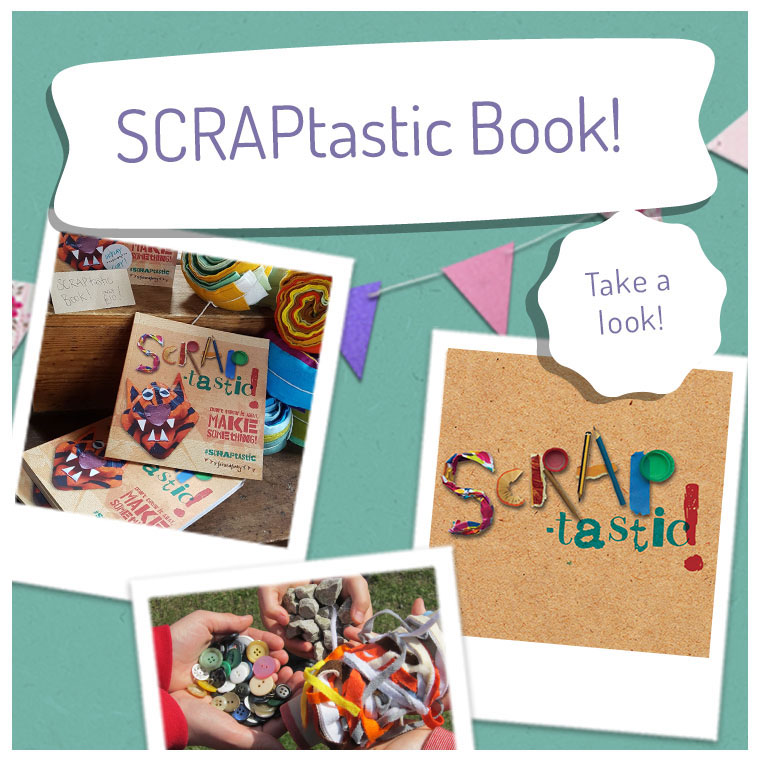
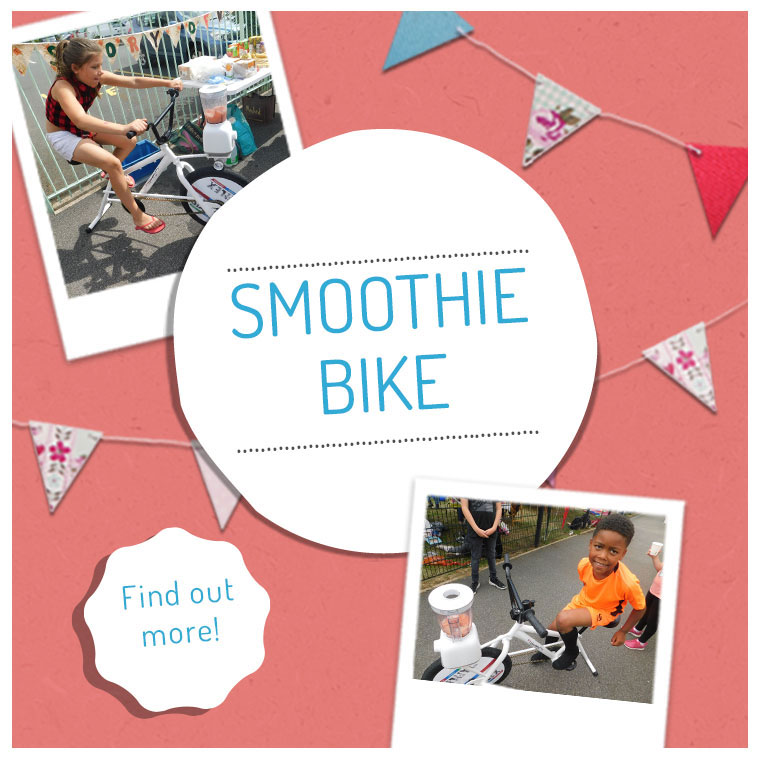
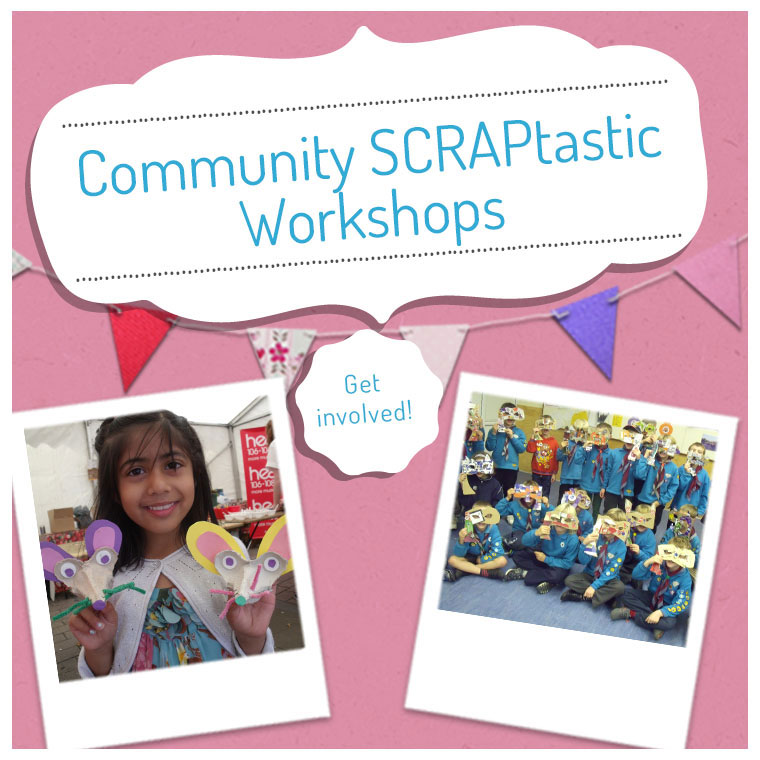

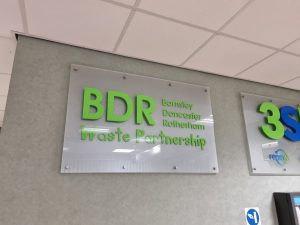 We all know what happens when we throw something in the bin—it’s taken away and seemingly disappears from our lives. But have you ever wondered what happens after that? We recently visited the BDR Waste Treatment Plant, a waste facility serving Barnsley, Doncaster, and Rotherham, to learn how rubbish is handled once it leaves our homes. Here’s just a little snippet of what we learnt during our visit.
We all know what happens when we throw something in the bin—it’s taken away and seemingly disappears from our lives. But have you ever wondered what happens after that? We recently visited the BDR Waste Treatment Plant, a waste facility serving Barnsley, Doncaster, and Rotherham, to learn how rubbish is handled once it leaves our homes. Here’s just a little snippet of what we learnt during our visit.
Unlike a recycling centre that focuses solely on pre-sorted recyclables, the BDR Waste Treatment Plant processes everything in your general waste bin. This includes food scraps, packaging, clothing, electrical items, and more. The goal? To extract valuable materials for recycling and convert the rest into ‘reusable derived fuel’ (RDF), ensuring that as little waste as possible ends up in a landfill, which (as we know) isn’t great for our environment.
This facility is a ‘mechanical biological treatment plant’, sorting through an astonishing 300 tons of waste every day from approximately 345,000 households. That’s a massive undertaking when you consider that UK households produce a staggering 31 million tons of waste annually!
The process begins with shredding. Every item in the general waste bin is broken down into smaller pieces, allowing for more efficient sorting. Advanced technology plays a crucial role on site. Infrared scanners are used to detect and sort plastics, which are then shot into designated areas by air cannons. Magnets separate ferrous metals (like steel), while eddy currents isolate non-ferrous metals (such as aluminium), which are highly valuable because they can be recycled an infinite number of times. Lightweight plastics and paper is sorted using a cylindrical revolving drum (much like a washing machine) called a trommel, whilst smaller and heavier materials fall through holes in the drum to be sorted separately.
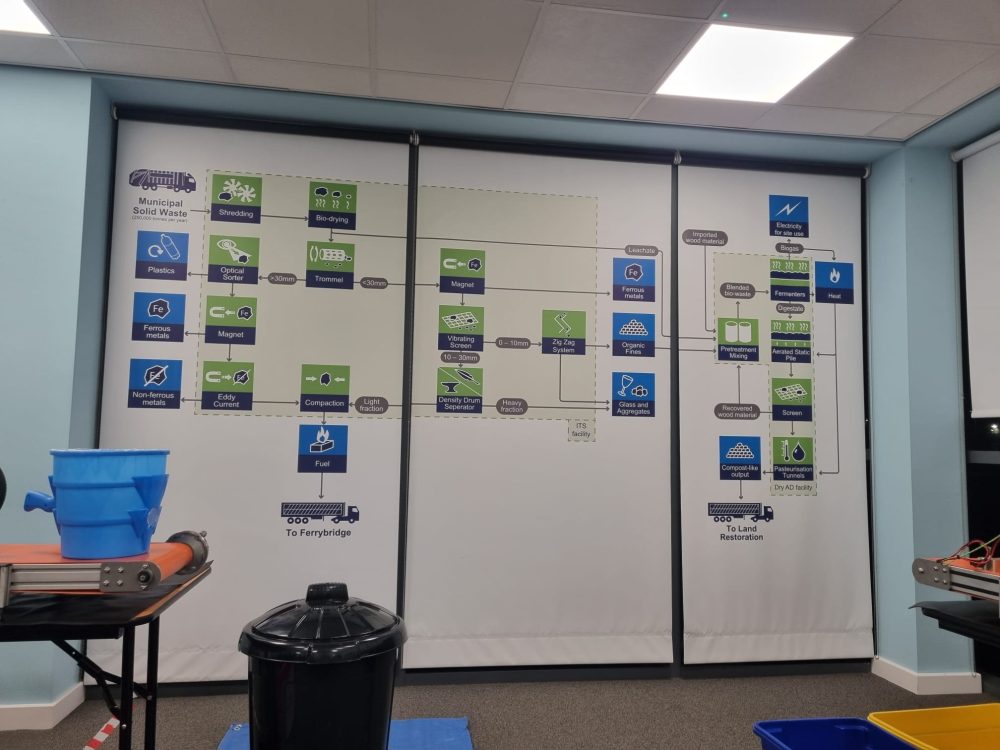
This meticulous sorting ensures that resources are recovered rather than wasted. It’s a fascinating demonstration of how technology and innovation can work together to protect our planet’s finite resources. But we need the future generation of change-makers to be inspired to take waste management to the next level.
But why does all of this matter? The BDR Waste Treatment Plant serves as a reminder that “waste” isn’t just something we discard. It’s a resource, and how we handle it can have a profound impact on the planet and our environment. For example, non-recyclable materials are processed into RDF, which can be used to generate energy. This reduces our reliance on fossil fuels and supports a circular economy.
Additionally, sorting metals for recycling minimises the need for mining raw materials, which we know is destructive to ecosystems across the world. By reusing what we already have, we’re not just reducing waste—we’re safeguarding our planet for future generations.
Our visit to the BDR Waste Treatment Plant left us with a greater appreciation for the complexities of waste management. It also reinforced the importance of making conscious choices at home: every single thing we buy has an impact on people and planet. While the facility does an incredible job of recovering materials, it’s still crucial for us to recycle properly and reduce the amount of waste we produce in the first place.
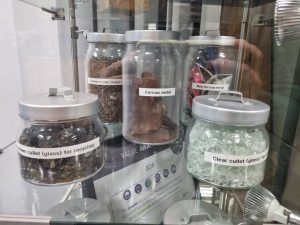 It’s extremely complicated and can vary depending on your council, so it can all seem very overwhelming. But regardless of how your waste is treated where you live, the next time you throw something in the bin, remember: it doesn’t just disappear! Facilities like BDR are working innovatively to ensure our waste is managed responsibly, but they can only do so much. Together, we can take little steps to create a more sustainable future—one bin at a time.
It’s extremely complicated and can vary depending on your council, so it can all seem very overwhelming. But regardless of how your waste is treated where you live, the next time you throw something in the bin, remember: it doesn’t just disappear! Facilities like BDR are working innovatively to ensure our waste is managed responsibly, but they can only do so much. Together, we can take little steps to create a more sustainable future—one bin at a time.